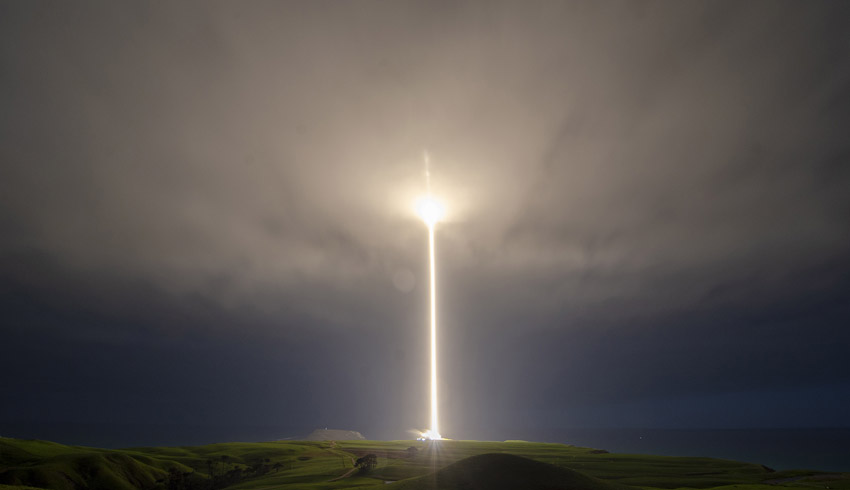
"The satellite will be put into orbit in the next three months," Xinhua News Agency quoted Jabbar Ali Zakeri, an official of Iran University of Science and Technology, which designed Zafar.
This is a 90-kilogram remote-sensing satellite equipped with colour cameras.
Morteza Barari, head of the ISA and Deputy Minister of Iran's Information and Communications Technology (ICT), said Zafar could be used for surveying oil reserves, mines, jungles and natural disasters.
The satellite can move in circular orbit and send a message during its exploratory missions, added Barari, who also heads the ISA.
If the launch proves successful, Zafar will orbit the Earth for 18 months at an altitude of 530 kilometres.
Iran possesses an active space program and was one of the 24 founding members of the United Nations Committee on the Peaceful Uses of Outer Space, which was set up in 1958.
Iran’s space agency was founded in 2004 and among its ambitions is to place humans in orbit and even on the moon.
Its first satellite was launched in 2005 aboard a Russian rocket, making Iran the 43rd country to operate its own satellite. Iran has developed its own launch vehicles, capable of placing a satellite into orbit.
Among its achievements is launching monkeys into space and successfully recovering them.
However, Iran’s rockets could also be used for an offensive missile capability, which the US and Israel believe could eventually be used to deliver atomic warheads.
A report, compiled by the US Defense Intelligence Agency (DIA) and released last year, said for the US, the greatest concern was Iran’s development of rockets that could form the basis of intercontinental ballistic missiles (ICBNs).
The report said DIA believed that Iran’s space launch vehicles (SLVs – rockets capable of placing satellites in orbit) could serve as a testbed for the development of ICBM technologies.
DIA said Iran initially developed SLVs as an extension of its ballistic missile program but had genuine civilian and military space launch goals.
It wasn’t that impressed with Iran’s overall space capability.
“Tehran claims to have developed sophisticated capabilities, including SLVs and communications and remote sensing satellites. Iran’s simple SLVs are only able to launch microsatellites into low-Earth orbit and have proven unreliable with few successful satellite launches,” the report said.
Receive the latest developments and updates on Australia’s space industry direct to your inbox. Subscribe today to Space Connect here.









